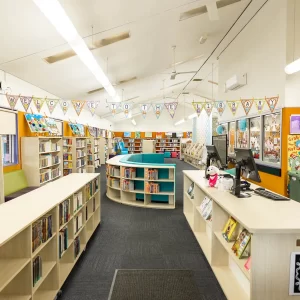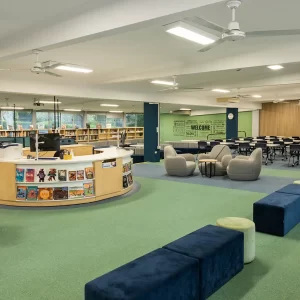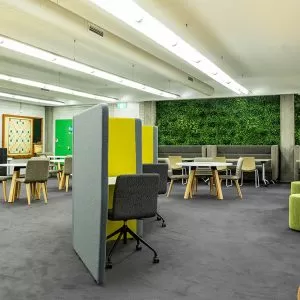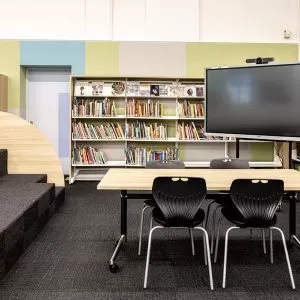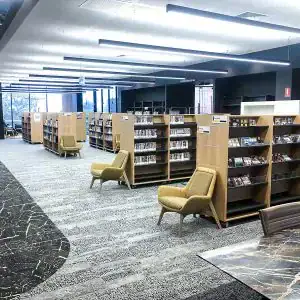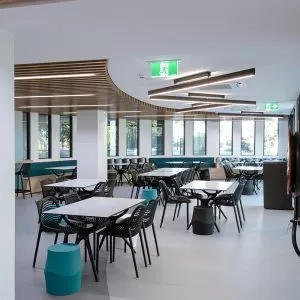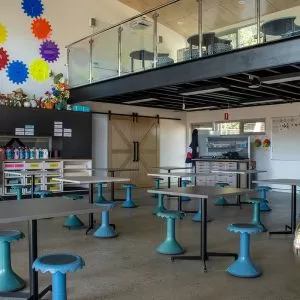Featured Products
Featured Projects
Abax Kingfisher is the premier supplier of education furniture in Australia and has a particular specialisation in supplying educational institutions throughout the country with flexible learning environment furniture .The days of classrooms with standardised desks and uncomfortable chairs are numbered. Research has shown that learning environments benefit from less rigid, inspired learning environments, and this is something that we have really embraced at Abax Kingfisher. Our furniture is distinctive and aesthetically pleasing; it is genuinely innovative classroom furniture, but at the same time it’s practical and beneficial to the students.
At Abax Kingfisher, we believe that durability is key. Our furniture range is all backed by a 10-year warranty. The chairs, 1win tables, and other important educational furniture pieces will be used year-in, year-out, and thus will experience a lot of wear and tear. However, as we supply the finest education furniture Australia has to offer, we ensure that our products withstand that, and remain in top working condition.
Among education furniture suppliers in Australia, we are renowned for our innovative designs,that help create flexible learning environments that benefit the user.If you are searching for the finest education furniture Australia can provide, contact Abax Kingfisher today, your trusted education furniture suppliers, on 1300 811 054. Discuss with us how you can really leverage your furniture purchases to enhance educational outcomes.
Education Furniture Suppliers – Inspired by our customers ‘Flexibility’ is a key trend in education furniture. Australian-based institutions like schools and libraries are increasingly looking to fill their classrooms and other spaces with a décor that not only looks amazing but also creates a functional space that can be utilised in a truly flexible manner. This means that they are looking for education furniture suppliers that can work with them to meet their unique requirements.
At Abax Kingfisher we take great pride in consulting with each of our clients about their
goals and objectives for their new space. We discuss the desired aesthetics and ensure that the overall function of the space is captured using practical well-designed furniture that ensures full use of the new room.
All of our furniture is designed around the unique way that people interact with furniture in various school settings. And so, most of our furniture is highly mobile, and easy to adjust to the capacity of a classroom and other spaces as needed. At Abax Kingfisher, we have a long heritage in being quality education furniture suppliers for schools throughout Australia, we take pride in understanding our customers’ needs and expectations and exceeding them.
For more information on our extensive range of the top-quality education furniture Australia can supply, or to speak to one of our leading design experts about ideas that you might have, please do drop us a line, and we can get a conversation going about bringing a touch of modern innovation and comfort to your classroom.


